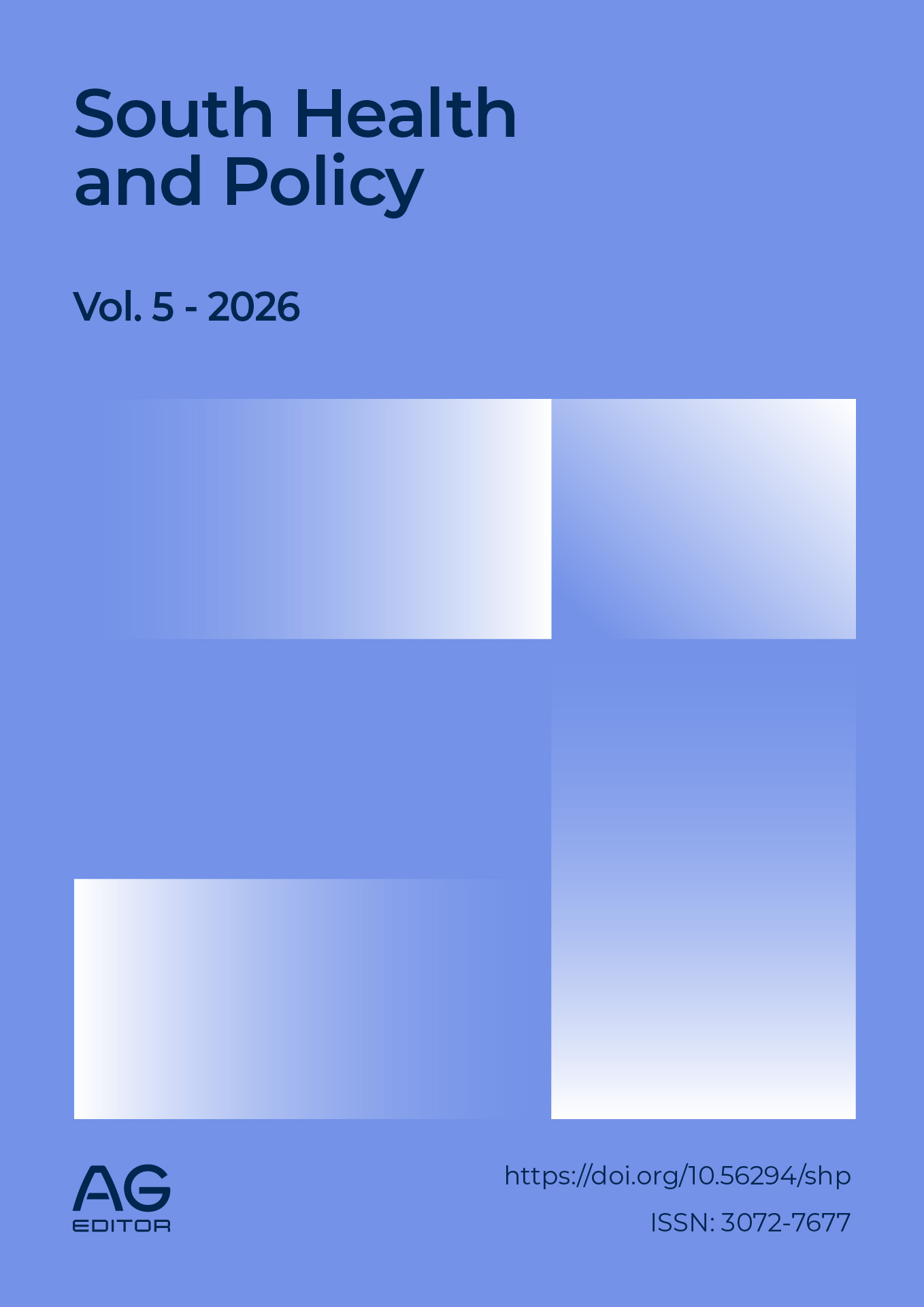Impact of neurological complications on subarachnoid hemorrhage
DOI:
https://doi.org/10.56294/shp2026370Keywords:
Subarchnoid hemorrhage, mortality, neurological complicationsAbstract
Introduction: Subarchnoid hemorrhage (SAH) constitutes a severe neurological emergency associated with high morbidity and mortality. Represents 5% of strokes. Its forecast varies according to its etiology, initial severity snd appearance of secondary complications.
Aim: Characterize the epidemiological and clinical profile of patients with subarachnoid hemorrhage at the Dr. Miguel Enríquez hospital.
Methods: an observacional, descriptive and retrospective study was carried out at the Dr. Miguel Enriquez Surgical Hospital from January 2022 to December 2024. The qualitative variables were summarized in absolute frequencies and percentages. The quantitative variables in mean and standard deviation. To evaluate the association between qualitative variables, Fisher's exact test was applied.
Results: a total of 67 patients with a diagnosis of subarachnoid hemorrhage were evaluated. The average age was 59 years (SD= 18.2). The average of the Glasgow scale in the sample studied was 11.2 (SD= 4.87). Seizures (31.3%) predominated. The most frequent non – neurological complication was bacterial bronchopneumonia (49.3%). The analysis of the association between mortality and neurological complications revealed that the rebleeding (p< 0.001) and the severe Glasgow (p< 0.001) presented a statistically significant relationship with a higher risk of mortality.
Conclusions: the identification of factors associated with mortality is key and allows to prioritize early evaluation strategies aimed at the prevention of complications.
References
1. Palasz J, D'Antona L, Farrell S, Elborady MA, Watkins LD, Toma AK. External ventricular drain management in subarachnoid haemorrhage: a systematic review and meta-analysis. Neurosurg Rev. 2022; 45(1): 365-373. http://doi.org/10.1007/s10143-021-01627-w.
2. Werring DJ, Banerjee G. Convexity subarachnoid haemorrhage. Lancet. 2023; 401(10372): 193-194. http://doi.org/10.1016/S0140-6736(23)00004-1.
3. Claassen J, Park S. Spontaneous subarachnoid haemorrhage. Lancet. 2022; 400(10355): 846-862. http://doi.org/10.1016/S0140-6736(22)00938-2.
4. Robba C, Busl KM, Claassen J, Diringer MN, Helbok R, Park S, Rabinstein A, Treggiari M, Vergouwen MDI, Citerio G. Contemporary management of aneurysmal subarachnoid haemorrhage. An update for the intensivist. Intensive Care Med. 2024; 50(5):646-664. http://doi.org/10.1007/s00134-024-07387-7.
5. Ureña J, Gonzalez- Montelongo MDC, Murillo-Cabezas F. RhoA in aneurysmal subarachnoid haemorrhage. Aging ( Albany NY). 2019; 11(4):1079-1080. http://doi.org/10.18632/aging.101819.
6. Riveros Duré CD, Quintana Rotela AA, Martínez Ruiz-Díaz M, Miskinich Lugo ME, Cabañas Cristaldo JD, Britez Nuñez DV et al. Frecuencia de complicaciones neurológicas de hemorragia subaracnoidea. Rev virtual Soc Parag. Med Int. 2022; 9(2):113-119. https://doi.org/10.18004/rvspmi/2312-3893/2022.09.02.113.
7. Oliveira AJM, Rabelo NN, Telles JPM, Solla DJF, Coelho ACSDS, Barbosa GB et al. Neutrophil-to-lymphocyte and platelet-to- lymphocyte ratios and prognosis after aneurysmal subaracchnoid hemorrhage: a cohort study. Arq Neuropsiquiatr. 2023; 81(6):515-523. https://doi.org/10.1055/s-0043-1768662.
8. Llompart-Pou JA, Perez- Barcena J, Lagares A, Godoy DA. Twelve controversial questions in aneurysmal subarachnoid hemorrhage. Med Intensiva (Engl Ed). 2024; 48(2):92-102. https://doi.org/10.1016/j.medine.2023.09.003.
9. Cedeño Espinoza WB, Cajamarca Llauca JB, Crespo Argudo KM, Torres Criollo LM. Hemorragia subaracnoidea. Tesla Revista Científica. 2022; 9789(8788):e61. https://tesla.puertomaderoeditorial.com.ar/index.php/tesla/article.
10. Aleksanteri Asikainen BM, Korja M, Kaprio J, Rautalin I. Case fatality in patients with aneurysmal subarachnoid hemorrhage in Finland. Neurology Journals. 2022; 100(3):e348-356. https://doi.org/10.1212/WNL.0000000000201402.
11. Imberti R, Piecetti E, Rossi S, Capaccio E, Acceta G, Klersy C et al. Intracranial Pressure Monitoring in Poor-Grade Pattients with Aneurysmal Subarachnoid hemorrhage treated by coiling. World Neurosurg.2021;156:e206-214. https://doi.org/10.1016/j.wneu.2021.09.018.
12. Corona Fonseca MS, Sánchez Lozano A, Castro López E, Corona Martínez LA. Incidencia de complicaciones en pacientes con hemorragia subaracnoidea espontánea. International Journal of medical and Surgical Sciences. 2023; 10(1). https://doi.org/10.32457/ijmss.v10il.2074.
13. Qi W, Ma J, Guan T, Zhao D, Abu-Hanna A, Schut M et al. Factores de riesgo de accidente cerebrovascular incidente y sus subtipos en china: un estudio prospectivo. J Am Heart Assoc. 2020; 9(21):e016352. https://doi.org/10.1161/JAHA.120.016352.
Published
Issue
Section
License
Copyright (c) 2026 Lisbel Garzón Cutiño, Maytee Olivera Vega, Deborah Cabrera Rodríguez (Author)

This work is licensed under a Creative Commons Attribution 4.0 International License.
The article is distributed under the Creative Commons Attribution 4.0 License. Unless otherwise stated, associated published material is distributed under the same licence.






